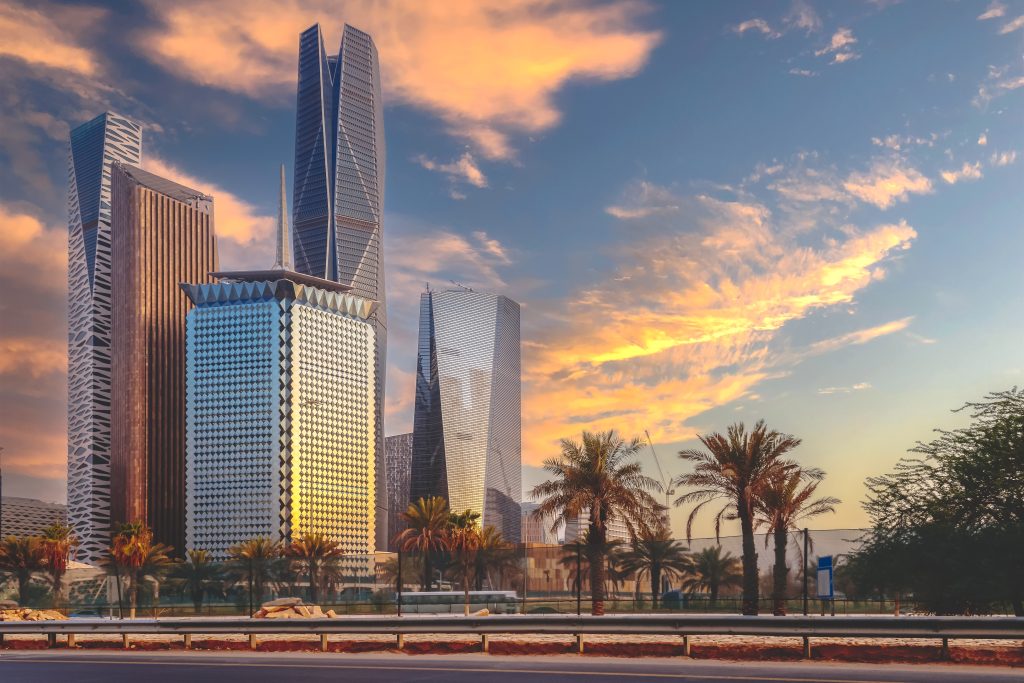The Kingdom of Saudi Arabia reported a budget shortfall of SR12.4 billion ($3.3 billion) for the initial quarter of 2024. This figure accounts for 16 percent of the yearly deficit anticipated by the Ministry of Finance. The forecasted deficit is indicative of the nation’s strategic expenditure to further Vision 2030 objectives, along with its astute fiscal oversight.
According to the quarterly financial review from the Ministry, there has been a notable 9 percent rise in revenue from non-oil sources, totaling SR293.43 billion. This increase is largely due to a surge in taxes on goods and services, which climbed by 11 percent to reach roughly SR70 billion within this timeframe.
Income from taxes on specific products and services now represents about a quarter of the total government revenue and accounts for nearly two-thirds of the income from non-oil sectors. These taxes include levies such as the Excise Tax and Value-Added Tax. The proportion of non-oil revenue in the overall government income has risen to 38 percent from the previous year’s 36 percent.
Another significant source of non-oil revenue growth, classified as Other Revenues, includes a variety of income streams such as earnings from different public government units, profits from sales by other entities, including advertising and service fees, administrative charges, fines, penalties, and confiscations.
Concurrently, oil revenues saw a modest increase of 2 percent, amounting to SR181 billion. Despite this, their share of the total government revenue dipped from 64 percent to 62 percent. It is noteworthy that this contraction in oil revenue share is partly due to voluntary production cuts by OPEC+ members, with Saudi Arabia continuing its reduced oil output strategy until the end of Q2 2024.
On the expenditure front, spending rose by 8 percent to SR305.82 billion, with capital expenditures (CAPEX) on physical assets being the primary driver of this increase, which saw a significant 33 percent jump to SR34.5 billion. The government’s CAPEX is aimed at improving the nation’s infrastructure and capabilities, in line with the Vision 2030 plan.
Goods and services procurement followed as the next significant expenditure, with a 12 percent hike to SR60.7 billion, accounting for a fifth of the total spending. This reflects the government’s investment in resources necessary for its operations. Employee compensation, which forms the largest portion of spending at 45 percent, saw a 3 percent growth, amounting to SR137.5 billion.
Although just a fraction of total spending, subsidies recorded the highest growth rate at 3 percent, reaching SR8.33 billion. This underscores the Kingdom’s commitment to bolstering education, health, and social protection initiatives. Following municipal services, health and social development sectors were prominent in expenditure growth, with a 20 percent increase to SR60.5 billion.
The Ministry outlined that the budget deficit would be financed through borrowing. Domestic debt made up 60 percent of the end-of-period debt balance, while the remaining 40 percent was attributed to external debt. Despite this, Saudi Arabia’s debt-to-GDP ratio is modest compared to advanced or G20 economies, and the government’s reserves, which stood at around SR392 billion for the quarter, provide a significant cushion against financial uncertainties, ensuring the nation’s fiscal resilience and its capability to honor financial commitments.
